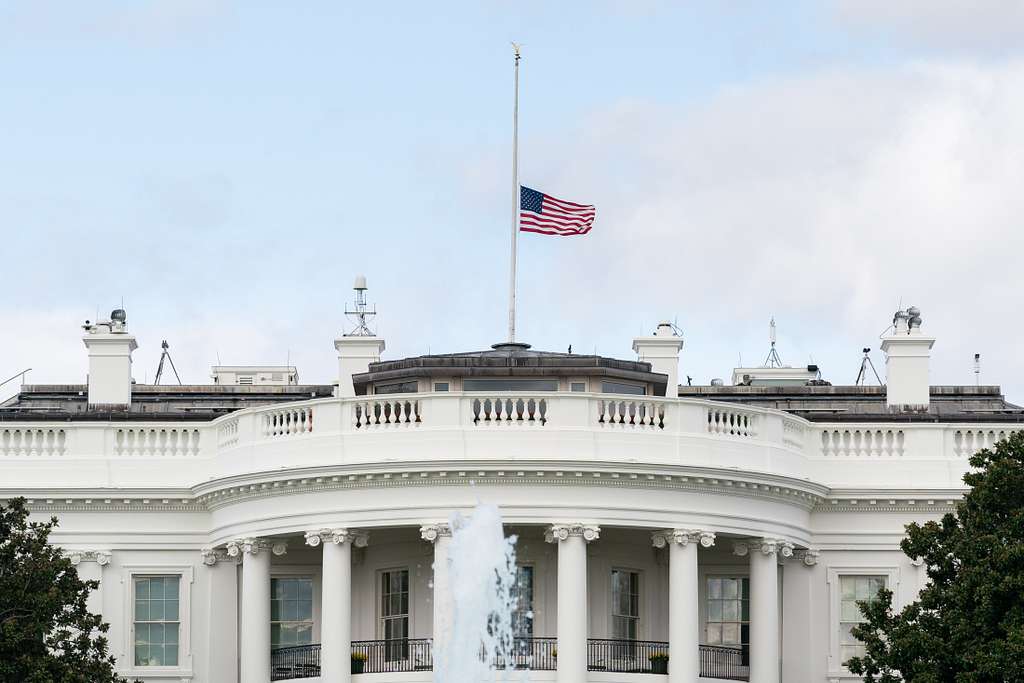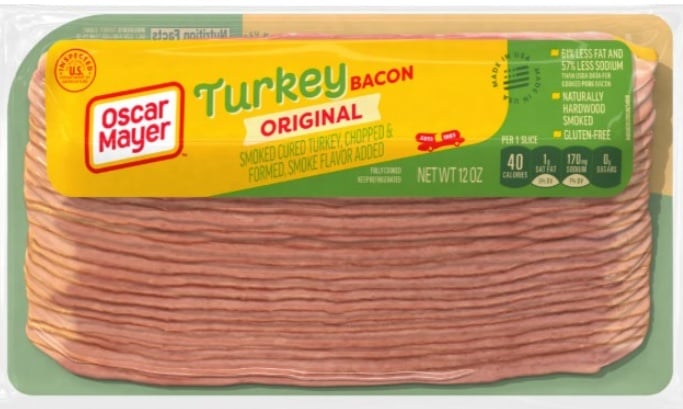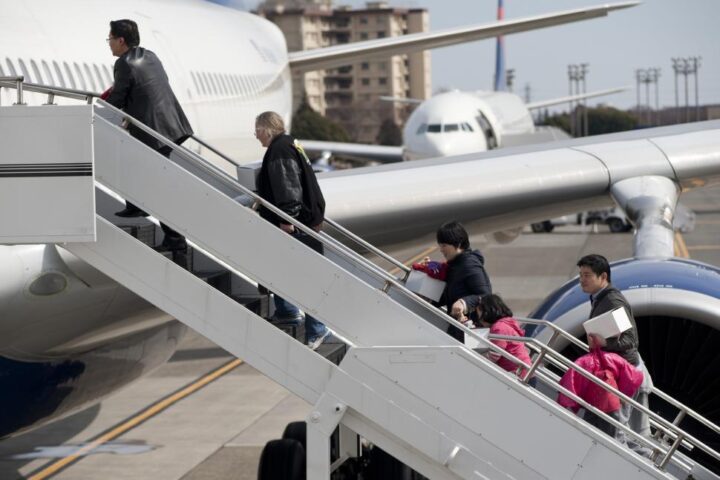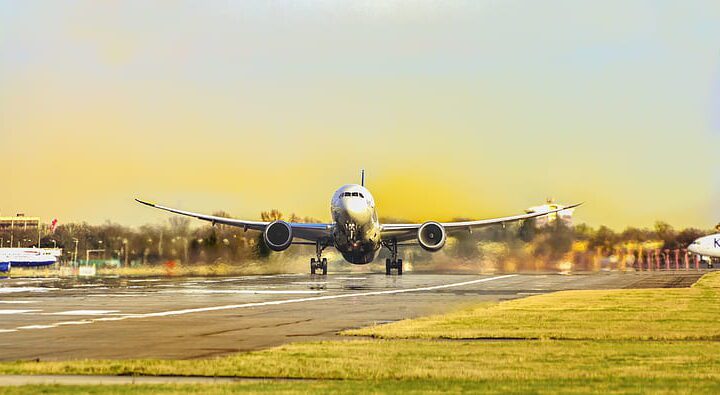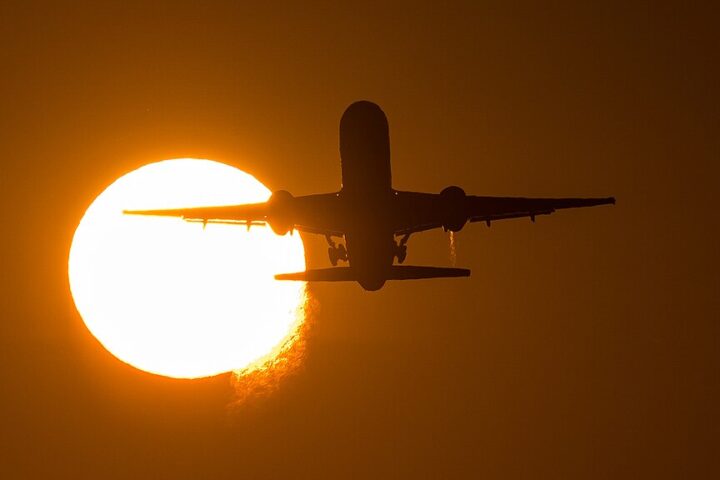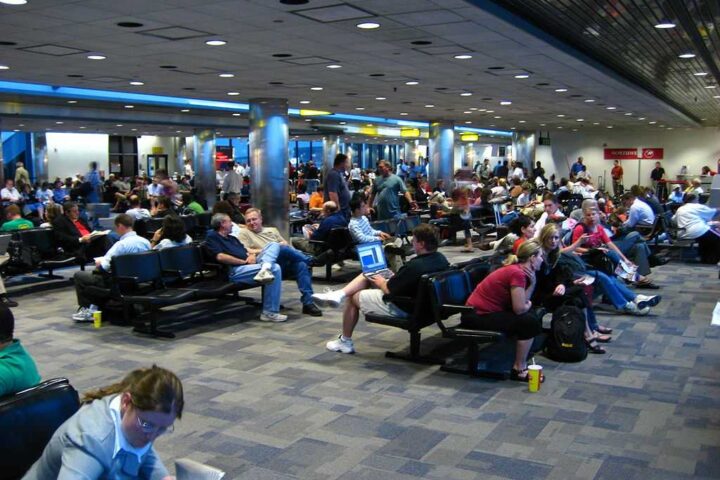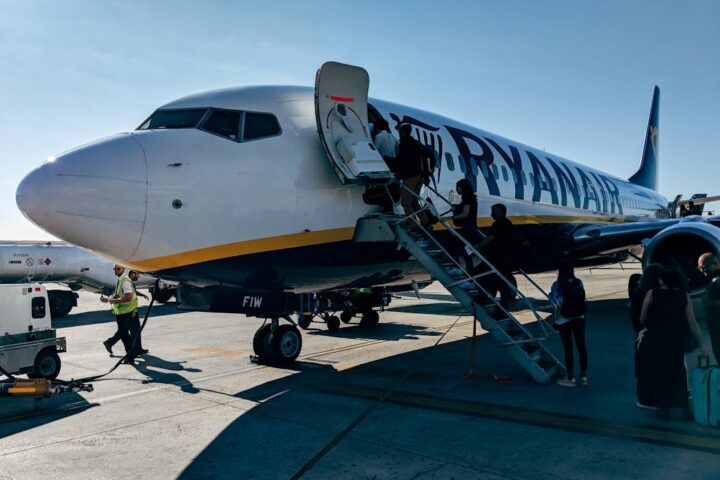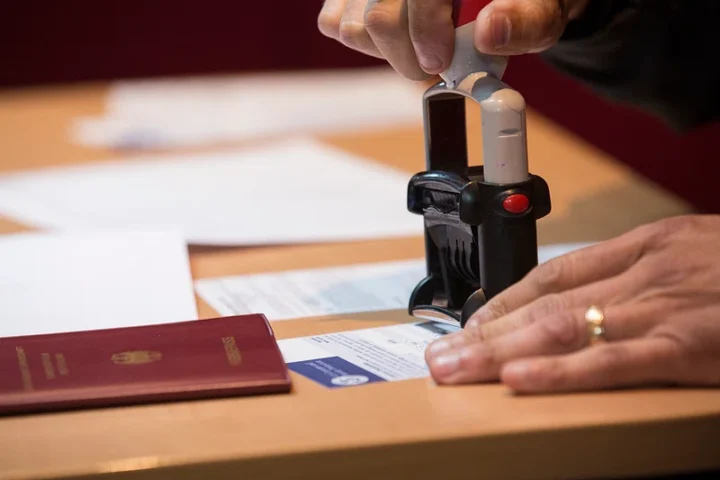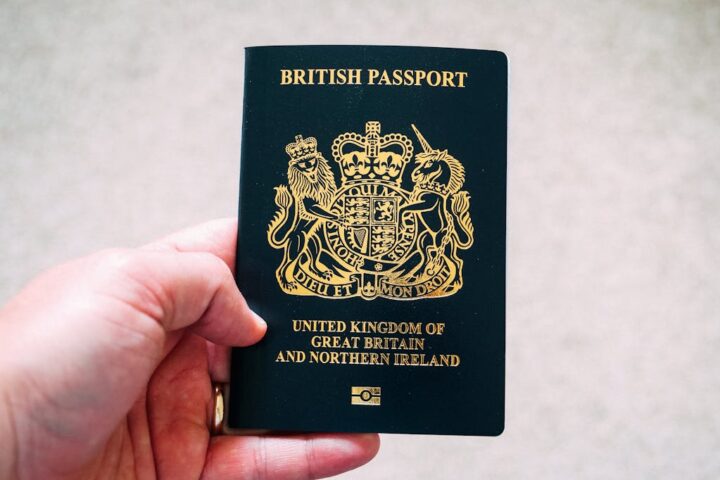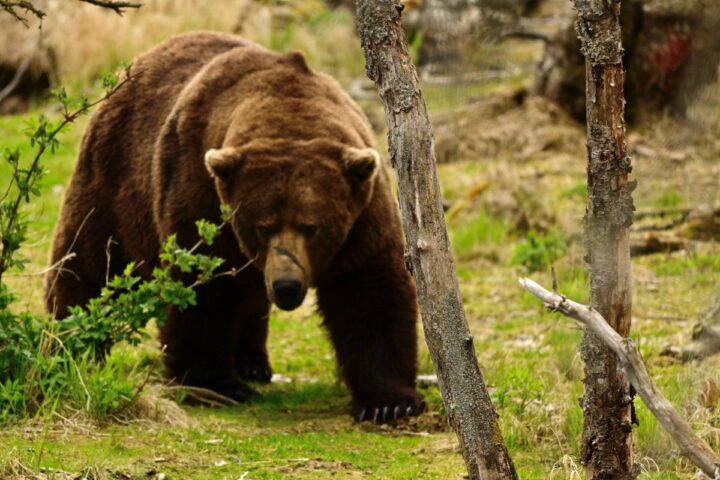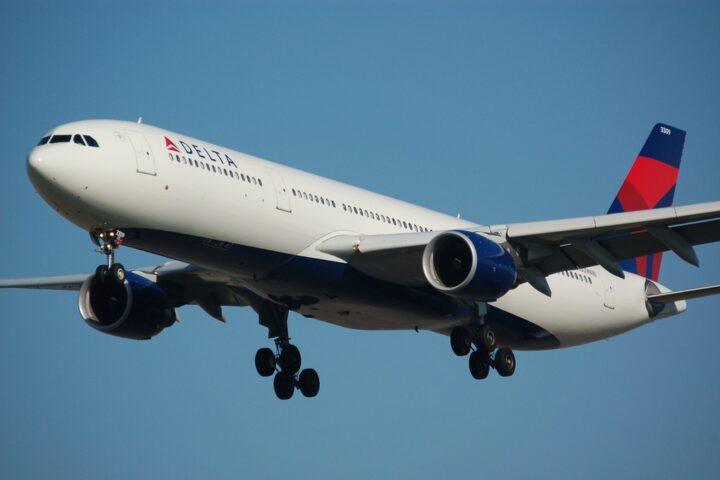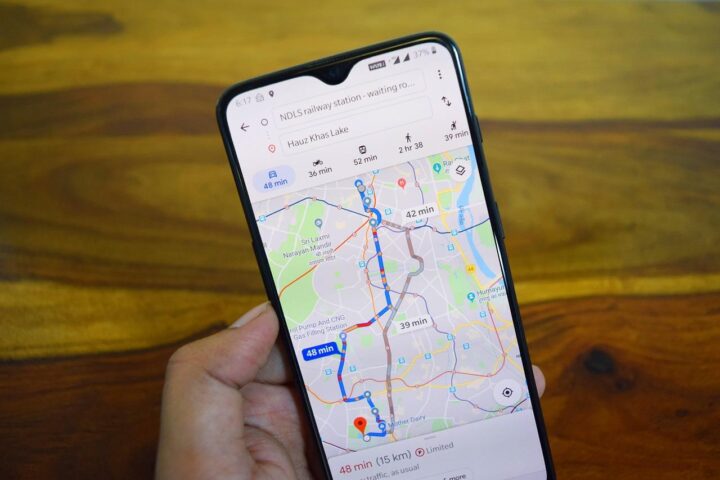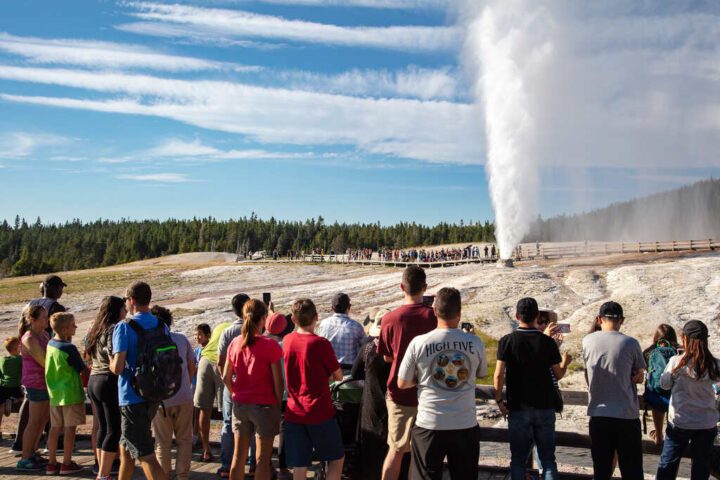July 4th marks the day in 1776 when the Continental Congress approved the Declaration of Independence, officially announcing that the 13 American colonies were breaking away from Great Britain to form a new nation.
John Adams nearly predicted how Americans would celebrate this day. In a letter to his wife Abigail, he wrote that it should be marked “with Pomp and Parade, with Shows, Games, Sports, Guns, Bells, Bonfires and Illuminations from one End of this Continent to the other.” His only mistake was thinking July 2nd (when Congress voted for independence) would be the celebrated date rather than July 4th (when the Declaration was formally adopted).
The first Independence Day celebrations in 1777 set patterns that continue today. Philadelphia marked the occasion with fireworks and bell ringing, while 13 ships fired 13-cannon salutes to honor each original colony. Boston celebrated with fireworks and artillery shells fired over the commons.
After the Revolutionary War ended in 1783, July 4th celebrations gained even greater significance. By the late 1700s, the holiday had become so important that the two major political parties—Federalists and Democratic-Republicans—held separate events in many cities.
The federal government officially recognized Independence Day in 1870 as an unpaid holiday for federal workers, and in 1938 made it a paid federal holiday. This official status helped cement July 4th as America’s premier patriotic celebration.
Today’s Fourth of July blends tradition with modern elements. Parades remain hugely popular—Alameda, California boasts the longest route at 3.3 miles. Fireworks light up skies nationwide, with Americans spending about $1 billion annually on pyrotechnics, though some states restrict purchases, especially in wildfire-prone areas.
The American flag features prominently, with many people displaying it outside homes and wearing red, white, and blue clothing. Community events often include concerts with patriotic music like “The Star-Spangled Banner” and “America the Beautiful.”
Similar Posts
Food defines many July 4th gatherings. Barbecues, hot dogs, fried chicken, corn on the cob, watermelon, and ice cream dominate tables across the country. Regional specialties add local flavor—clam chowder in Boston or chili in Texas. Eating contests, particularly hot dog competitions, have become popular traditions in many towns.
The economic impact is substantial. In 2024, Americans spent approximately $15.5 billion on July 4th celebrations—$9.4 billion on food and $3.87 billion on alcohol. The average person spent around $90 on food for cookouts.
Travel surges during the holiday. In 2025, over 72 million Americans are expected to travel at least 50 miles from home, with nearly 62 million traveling by car—the highest volume on record.
Communities often turn celebrations into record-breaking attempts. In 2023, Carmel, Indiana, set a record when more than 14,000 parade attendees wore red plastic fire helmets.

Looking ahead, the United States is preparing for its 250th anniversary in 2026, known as America250. Plans include nationwide flag-waving events, a mobile technology showcase called “America Innovates,” and a time capsule project collecting artifacts from all 50 states.
While fireworks and barbecues capture attention, Independence Day also offers Americans a moment to reflect on the country’s founding principles and ongoing journey to fulfill the ideals that “all men are created equal” with rights to “Life, Liberty, and the pursuit of Happiness.”
